How Was It Driving a Porsche Boxster at Suzuka Circuit?
公開日:2018.12.29
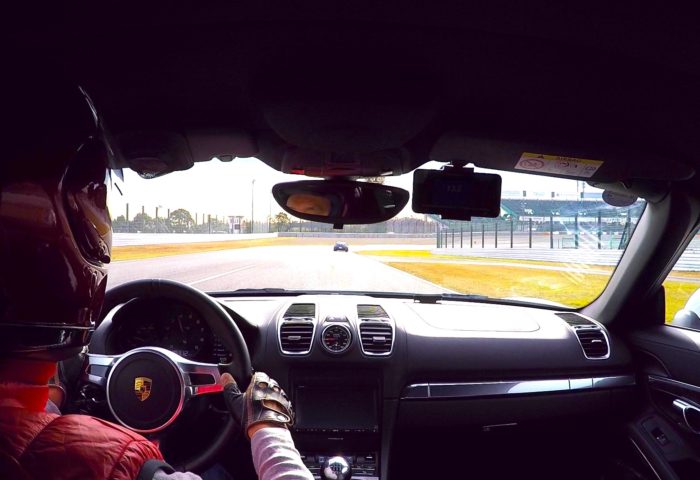
Suzuka Circuit Driving Event
The other day, my husband participated in a driving event at Suzuka Circuit with his Boxster GTS. The only available date for participation was for an event hosted by a certain tuning shop, so while most of the cars around were Japanese custom cars, only my husband and his friend brought their completely stock Porsche to join. (He said he felt pretty out of place, lol)
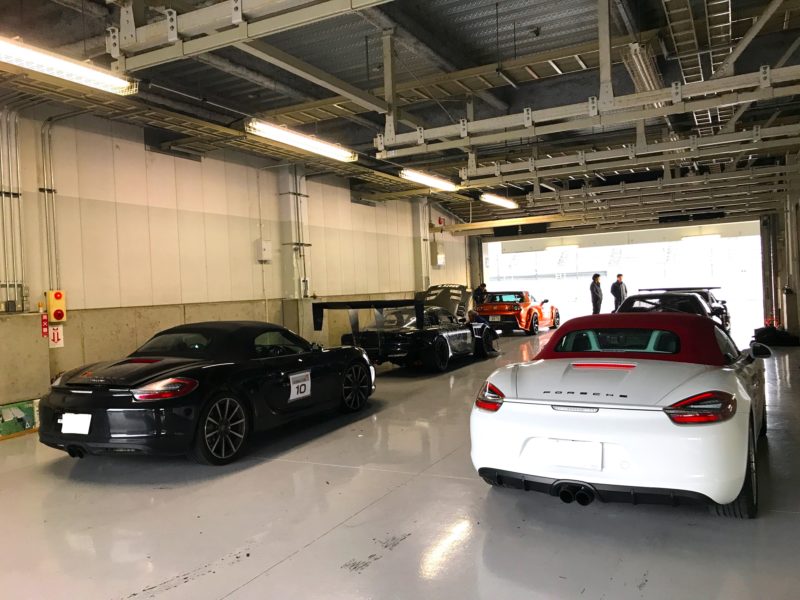
That day, it was a rare long session with two one-hour slots to drive, so he was able to take his time driving around Suzuka Circuit, sometimes driving slowly, sometimes seriously pushing, and enjoyed it in various ways. He came home looking very satisfied.
However, since he hadn’t changed the tires for a while (at the vehicle inspection at the end of October, the tire tread depth was F: 3.0mm, R: 5.0mm), he couldn’t improve much on his previous lap times, and said:
If I had changed the tires, I could have driven faster. Just when I was about to really push in the second half, the shoulder of the left front tire started to peel off, so it lost grip. It was scary to continue if something happened, so I had to take it easy for the rest of the session. I knew the racing line perfectly from practicing on PlayStation, so it was a shame.
He sounded a bit frustrated. (He said his lap times are too embarrassing to share. I bet he’ll go back after changing tires, lol)

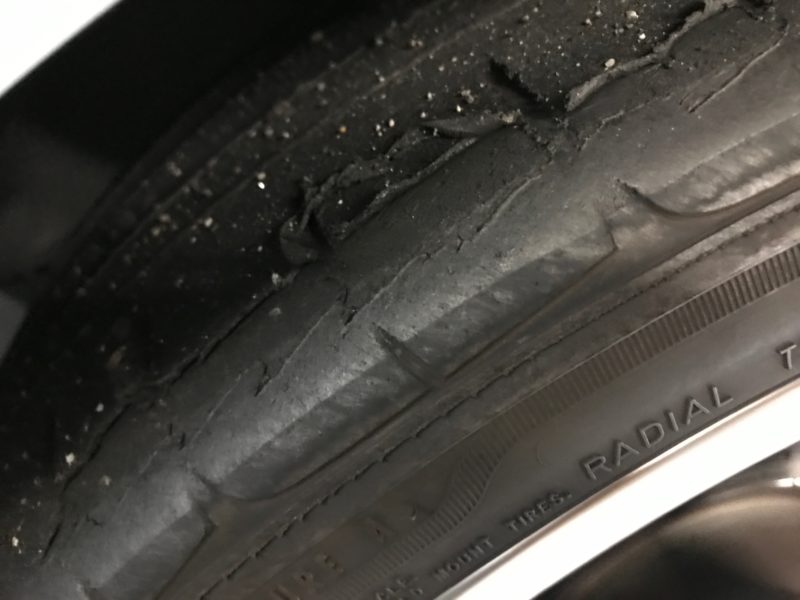
Although my husband has driven Suzuka Circuit before in the Boxster, this time he said again:
It’s amazing that you can drive so hard on a circuit with a completely stock car, no tuning at all. Porsche’s website even says, “You can go shopping after driving the Nürburgring,” and I really felt that was true.
So I asked him what exactly makes it so amazing.
You Can Properly Drive on the Circuit Even Stock
Many of the other cars there had heavy modifications to brakes, exhaust, suspension, tires, and more. Of course, many of the participants love customizing their cars, but my husband said, “It’s incredible that Porsche can run just as well as those tuned cars without any modifications, and you can drive on the circuit without any worries.”
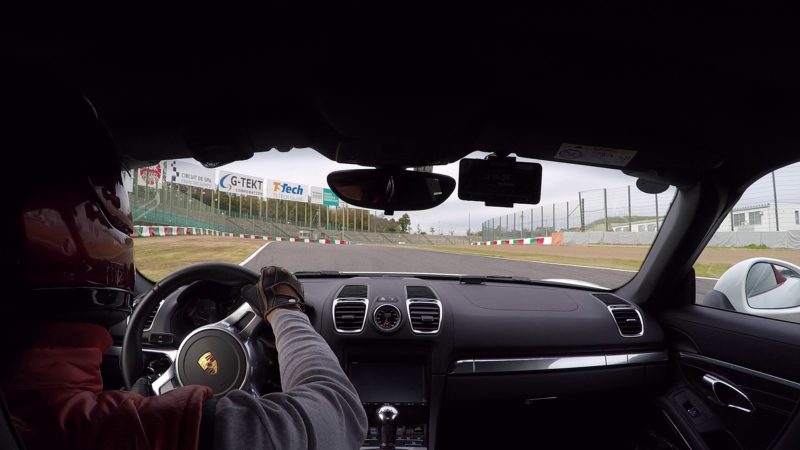
Especially at high-speed corners like 130R, some cars lost control or went off course, but even entering at similar speeds, the Boxster stuck to the road like glue. He was amazed once again by that stability.
When I first drove 130R, I was scared and cautiously entered at about 110 km/h. This time, having practiced the racing line well, I gradually increased speed to 130, 140, 150 km/h… and the faster I went, the more stable the Boxster felt.
On the back straight, the comfortable ride made me a bit uneasy, but the moment I turned the steering to enter a corner, the car sank down firmly and stuck to the road. I thought, “Wait, was the Boxster always this stable?”
I don’t know if it’s the PASM control or something else, but the suspension feels completely different on the straight versus mid-corner. It really holds firm.
I don’t have the skill or courage to find the limit, but this stock chassis is impressive. I bet the Cayman, with its higher rigidity, is even more amazing.
You can enjoy racing on the circuit and then drive the same car in daily life.
“Race on Sunday, drive on Monday” was the motto of many Porsche 356 drivers in the 1950s.
*Quote source: Porsche-Everyday
This phrase is introduced on Porsche’s website, and it really sums it up perfectly.
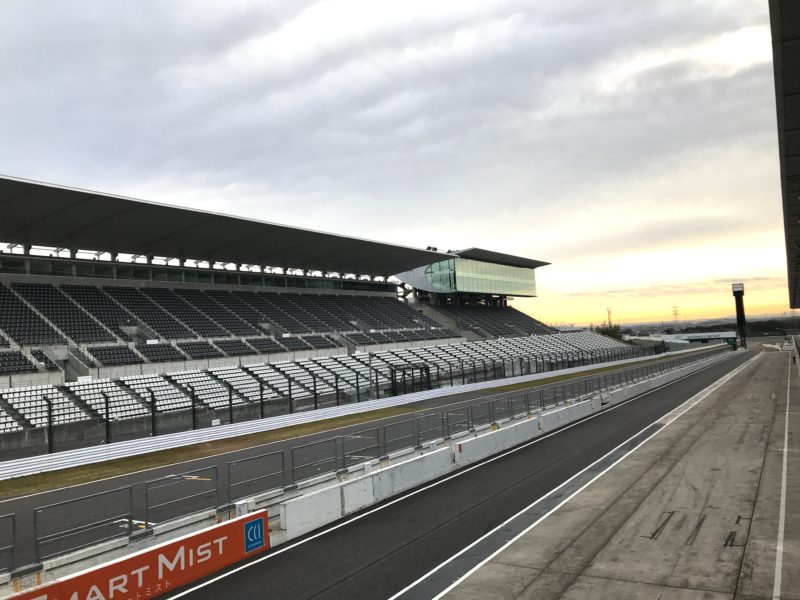
Limits of the Boxster?
On the other hand, he said he could feel some weaknesses unique to the open-body design on the circuit. On public roads, he never feels any lack of rigidity, but when he aggressively hit the curb entering Degner, he could feel the body trembling a bit, and the behavior got a little unsettled, causing the PSM to activate.
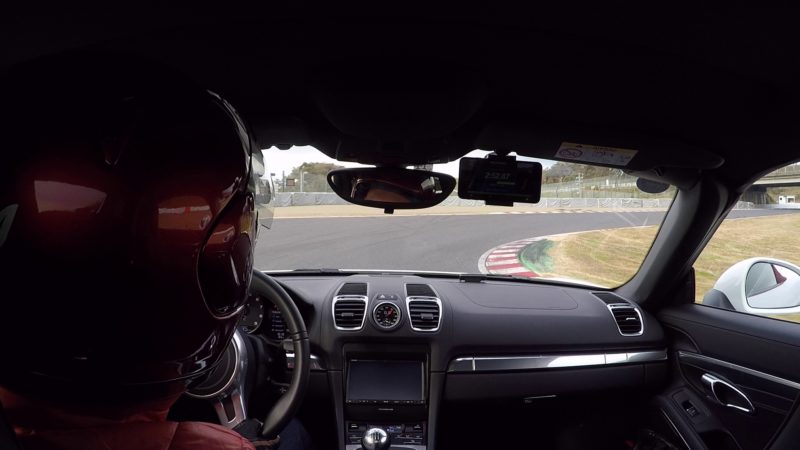
Trying to keep up with a heavily tuned Mazda Roadster through the S-curves and banked corners is pretty tough. In Sport Plus mode, the car tolerates some sliding, but when I try to push hard on the throttle at the exit, the behavior becomes unstable, and PSM intervenes to scold me.
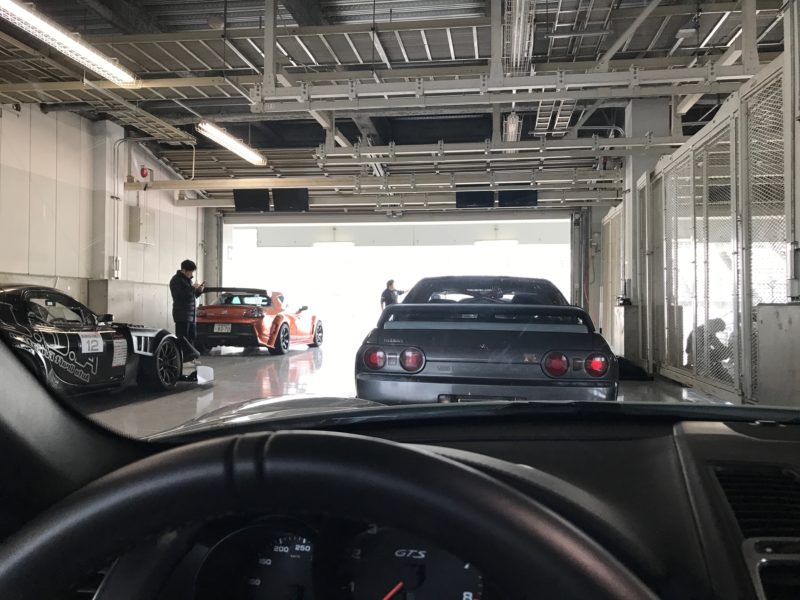
He also said, “I only drive on circuits occasionally, and for fun, the Boxster is totally fine, but if you seriously want to chase lap times, you need a Cayman GT4 or GT3.”
Does Driving on the Circuit Cause Mechanical Issues?
I asked if driving on the circuit damages the car or causes it to run poorly.
This time, with the long one-hour session, even after pushing the engine hard, the oil and water temperatures stayed stable (water temp around 90°C, oil temp steady at about 104-107°C), and the brakes worked just as well throughout. So, “The car’s condition didn’t change at all from the first to the last lap. At least, I couldn’t tell.”
He said that on the way home, both on the highway and regular roads, there was no discomfort or problem at all.
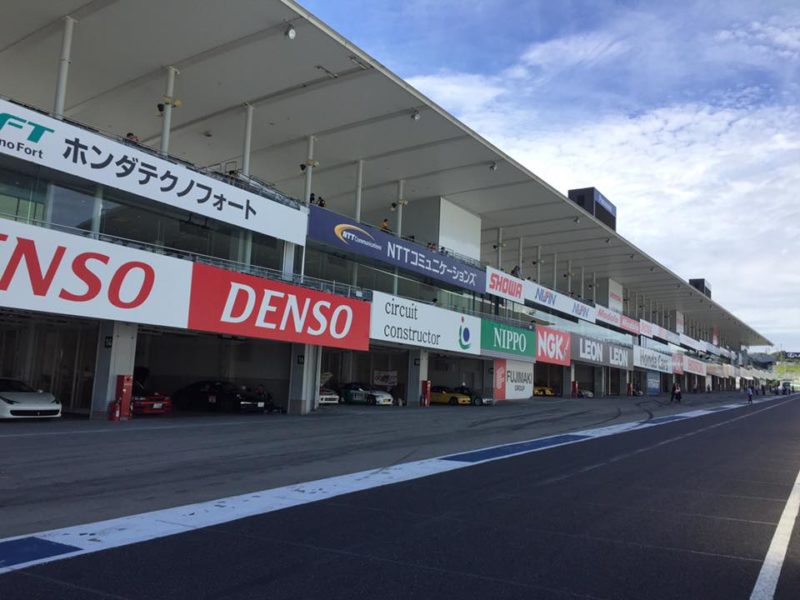
I previously wrote an article titled “Unbelievable Pre-Launch Testing of the 911 and Panamera”, and after seeing that, it’s no wonder that driving on a circuit for 1-2 hours causes no issues.
Porsche Is a Sports Car
When I previously spoke with someone from Porsche Japan, they consistently emphasized “Porsche is a sports car manufacturer, so that’s why it’s like this.” Also, someone who toured Porsche’s factory in Stuttgart, Germany, said:
“I was surprised to see GT3s coming down the same assembly line as regular 911s! Porsche’s foundation really is sports cars!”
This reinforced once again that Porsche’s car development is rooted in racing, and Porsche truly is a sports car brand. I want to try driving on a circuit properly someday too.
このブログが気に入ったらフォローしてね!


Comment ( 0 )
Trackbacks are closed.
No comments yet.